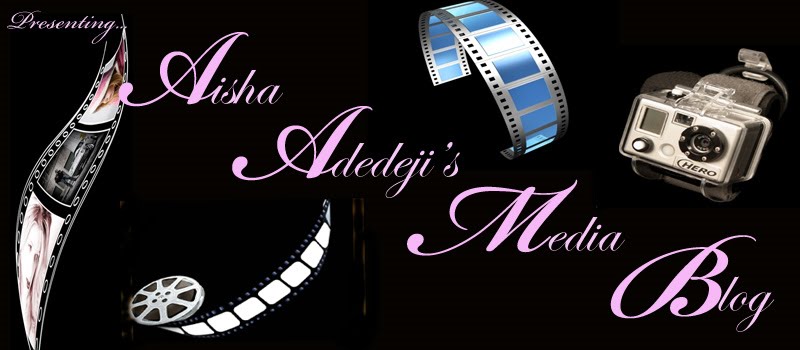
To the left, is my front cover and to the right is a professionally published ELLE magazine front cover. The front page is mainly occupied by one image, of the music artist.
1. Both titles are of a similar, elegant font. The font I used is called onyx. The font used for the ELLE magazine is Didot. Both fonts are serif fonts, which add to the elegance of the cover. The title of the e magazine, also acts as the magazine logo, because they do not specifically have a logo, unlike that of Q magazine. The reason I chose this magazine title font was because ELLE magazine is specifically aimed at women, and I felt this appropriate, as my magazine is aimed for women who are not into the usual ‘rock’ music magazine genre. This opens new competition in the market. Also most current music magazines have bold, rounded fonts, and a lot of the masthead fonts for music magazines are quite similar. This font is different, and therefore more identifiable. In that sense, it challenges the masthead forms of music magazines, but uses the masthead forma of other magazines.
2. Both images cover the masthead in some way. This could emphasize the importance of the artist. This also connotes the brand loyalty. The masthead is not completely readable, but the unique font should be identifiable to the buyer. In both magazine covers, the main focus is the artist. The image used is a medium close up of the artist, which occupies most of the cover. This is because the artist is supposed to attract the readers. This magazine is also aimed at the older teenage generation. Both images are quite aspiring images of artists with flawless skin, and aspiring fashion. Even though the magazine is a music magazine, the fashion of the artist on the front cover is considered. The aspiring image, will appeal to a slightly younger generation, which is my target audience.
3. Another aspect of the front cover, which could appeal to the audience, is the use of large numbers; the reader will want to know what the magazine could have 300 of, or 100 of. The number is larger than most of the other text, because it attempts to emphasize the fact that they have 100 best albums, whereas other magazine may only contains top 10 best albums, or none at all. On both covers, the number is in the centre row, but aligned to the left of the page, so that it does not take too much importance. The main importance is the artist, not the top 100 best albums.
4. The name of the artist is included on the front cover, to reiterate, to the reader, who the artist is. The artists name is differentiated from the rest of the text. In the ELLE magazine, the artist name is written in a bold, narrow, san-serif font. In my magazine however, the name is written in a different colour to most of the front cover, to add some colour to the front page. It is also written in a calligraphy script font, which is the same font used elsewhere on the double page spread. The differentiated text connotes the importance of the artist’s name. The artist on a front cover is usually current for a reason, and the name will currently be in tabloids. So the use differentiation of the name will stand out from the page.

1 comment:
Hey can you please ell me what font you used for the little quote thingy on your magazine please thankz
Post a Comment